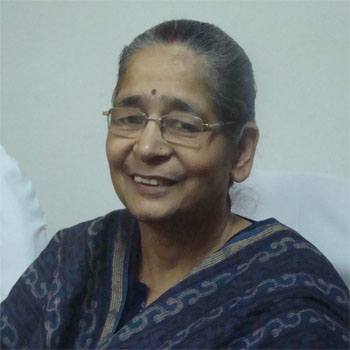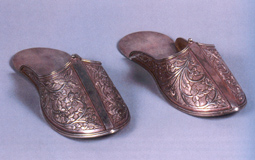
Art history/ Historiography, Museums/ Galleries / Collections / Exhibitions
Pahari Rumal: The Picturesque Narratives
Pathak, Anamika
March, 2020
The "pahari rumal" or "chamba rumal" is the term used for embroidered coverlet in the Punjab Hills of Himalayan region (present Himachal Pradesh) in around eighteenth-nineteenth centuries. These rumals are embroidered with colourful floss silk threads on muslin or white cotton cloth (sometimes also red). Embroidered in double satin stitch these reversible rumals are the creation of women residing in this area in their leisure time. They used to produce these beautiful rumals to cover the gifts offered to God, bride and bridegroom on religious and ceremonial occasions. There are a few pahari paintings in which embroidered rumals have been depicted as coverlet. Two such excellent examples of miniature paintings are in the collection of the State Museum, Lucknow, Uttar Pradesh, and National Museum, New Delhi. In both the paintings of Pahari school, female devotees have been shown holding offering to God, which are covered with embroidered rumal. Apart from coverlet, these rumals are also used as handkerchief, as head dress6 and sometimes as patka (sash).
The most fascinating aspect of these rumals is the depiction of vast subject theme, which is not usually found in any other kind of embroidered rumals. In the religious category of Pahari rumal, the famous religious themes are: Rasa, Krishna with flute, Krishna-Balarama-Subhadra," Rukmani Harana," Krishna, Holy Family, Gajantaka Shiva, Hanuman, Ganesha, Sakti, etc. Apart from religious category, wedding scene is the next important t...
This is a preview. To access all the essays on the Global InCH Journal a modest subscription cost is being levied to cover costs of hosting, editing, peer reviewing etc. To subscribe, Click Here.
ALSO SEE
Sustaining Crafts and Livelihoods
Wood, Sharmila
The Tradition of Foot Covering in Indian Cultur...
Pathak, Anamika



